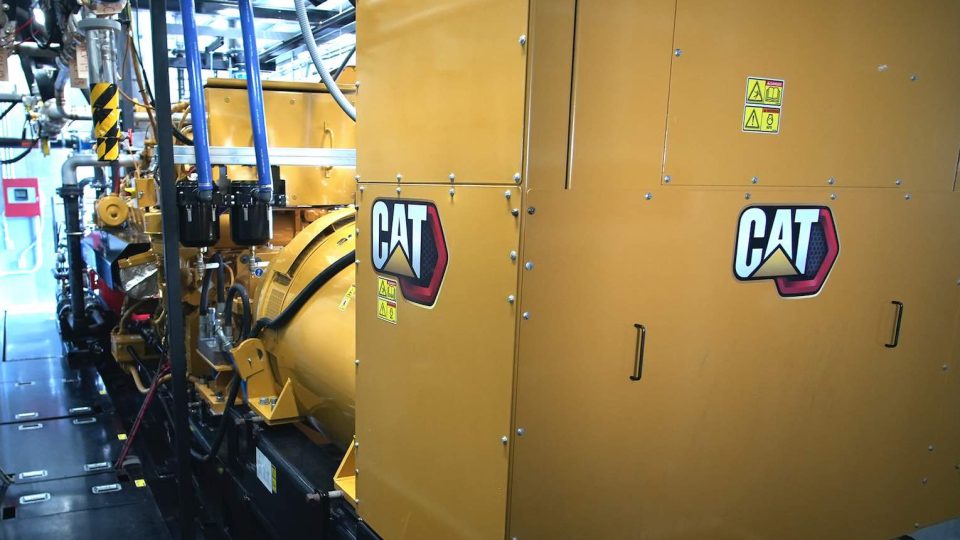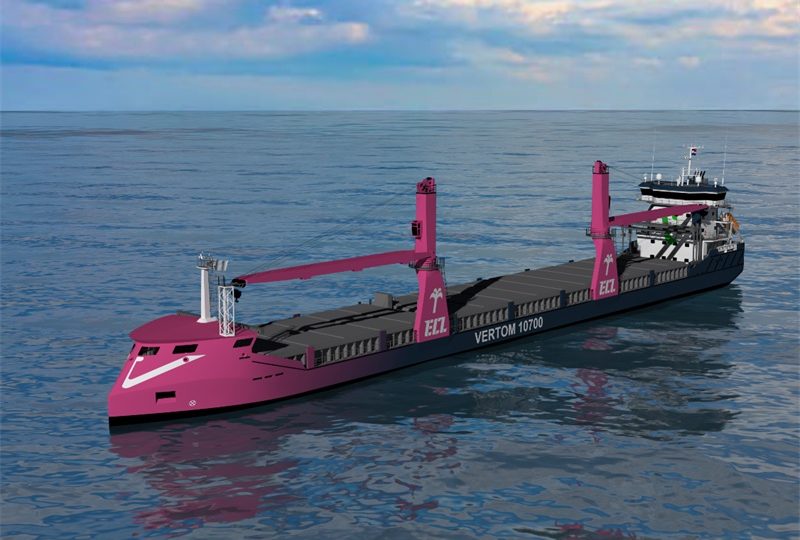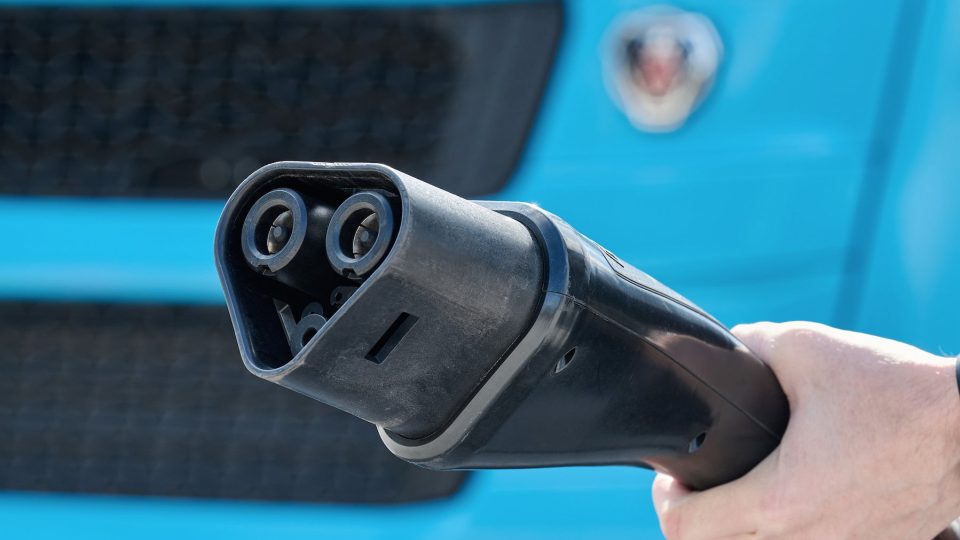StockApps: The most popular vehicles among the worst offenders of fuel economy standards
StockApps’ analysis shows that many popular vehicles are the worst offenders of fuel economy standards. The firm’s financial expert Edith Reads says, “Four out of the eight best-selling vehicles in the US 2022 don’t meet the new 40 mpg (miles per gallon) fuel economy standard. The auto industry must catch up quickly if it hopes to meet the standard in time.”

By 2026, all new vehicles in America will need a 40 miles per gallon (mpg) fuel economy. That’s according to new regulations that the government announced recently. The NHTSA says the rules will reverse the rollback of the Trump administration’s vehicle efficiency standards.
StockApps’ analysis shows that many popular vehicles are the worst offenders of fuel economy standards. The firm’s financial expert Edith Reads says, “Four out of the eight best-selling vehicles in the US 2022 don’t meet the new 40 mpg fuel economy standard. The auto industry must catch up quickly if it hopes to meet the standard in time.”
The directive represents a significant increase in efficiency compared to the current requirement of 24 mpg. Ford F-150 and Toyota RAV4 are just two examples of popular vehicles that fall short of the new fuel efficiency standard.
Which cars miss the 40 mpg standard for 2026?
Topping this list are Nissan Rogue, Toyota RAV4, and Honda CR-V compact crossover SUVs that are just shy of the new 40mpg standard. However, to meet the new 40 mpg standard, full-size pickup trucks like the Chevy Silverado, Ram 1500, and Ford F-150 will need to improve their fuel economy by 2026.
The Chevy Silverado is the “worst offender” on the list, with a fuel economy of 17.5 mpg. In 2021, there were 519,774 Silverado truck sales in the US, making it the third most popular vehicle in the country.
The Ford F-Series, which includes the F-150, was the best-selling vehicle, selling 726,004 units. The F-150 gets 20.4 miles per gallon on the highway, while the Ram 1500, another popular pickup, gets 20.4 mpg. With 569,388 sales, Ram Trucks came in second place.
Why did NHTSA and Biden raise fuel economy standards?
The NHTSA increased the fuel economy standard to 40 mpg to cut down on the amount of gasoline consumption. It is part of the effort to reduce greenhouse gas emissions and their negative contribution to global warming.
According to NHTSA officials, they estimate that the new fuel economy standard can mitigate fuel consumption by over 220 billion gallons over the lifetime of cars and trucks. The new 40 mpg fuel economy standard significantly increases from the Trump administration’s 24 mpg standard.
In 2012, the Obama administration established a new standard, which they then rolled back. By 2025, vehicles had to achieve a combined fuel economy of 54.5 miles per gallon (mpg).
StockApps reports that some green organizations believe that the new NHTSA regulations under President Joe Biden do not combat global warming.
Even though climate change has worsened, Dan Becker, director of the Safe Climate Transport Center at CBD, stated that these rules only require auto companies to reduce gas-guzzling slightly more than they agreed to cut nine years ago.
As of now, it’s unclear whether major automakers such as Ford and Toyota will meet the new fuel economy standard by 2026. Especially with their respective models of the F-150 and RAV4. The new standard is working as part of the Biden Administration’s promise to reform the American automobile industry.
According to Secretary of Transportation Pete Buttigieg, the new standard will reduce carbon emissions by 2.5 billion metric tons.










